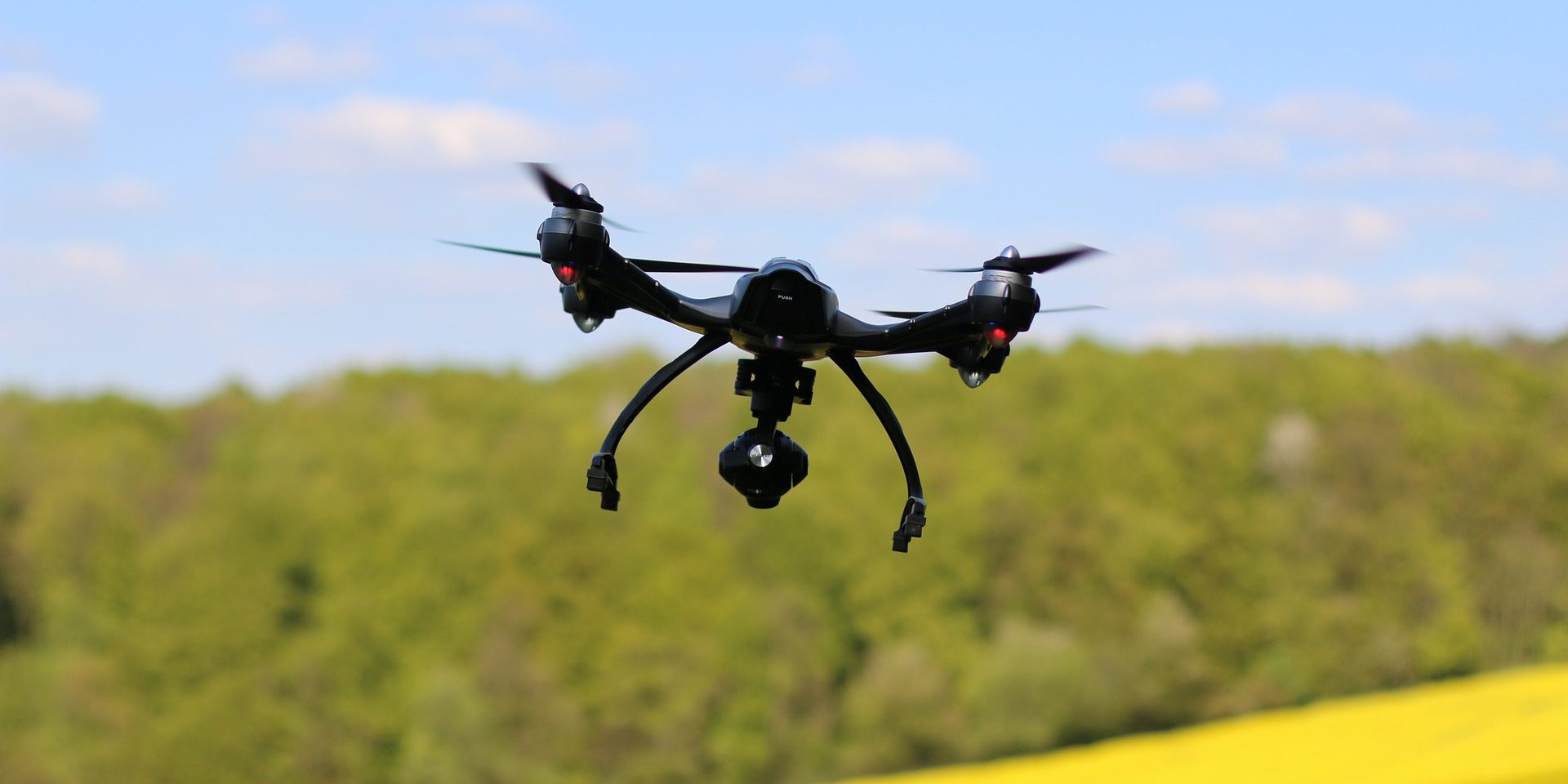You don’t have to look very hard to notice all the ways advances in technology continue to revolutionize our lives. Although still following tradition in many ways, animal agriculture has also embraced this revolution. Farmers and ranchers have been able to improve animal health, welfare, reproduction, record keeping and so much more.
New products are being developed and tested every day, it seems. The goal is to continue to enhance the efficiency of modern farms and ranches while also improving animal care. Recently, I attended a talk by Dr. Andrew Huff, a professor at Michigan State University in the Veterinary Medical Center. He discussed the future impact of technology on animal agriculture – and it sure is an exciting one! We look forward to being able to take even better care of our animals using these new advances.
technology: Thermal Imaging
Although thermal imaging is not a new technology, we are just realizing its application in animal agriculture. We can potentially use thermal imaging to determine aggressiveness, heats and infections in animals as those conditions are associated with elevated temperatures.
Object Classification
Cargill Animal Nutrition has partnered with a machine vision company, Cainthus, to develop a software to identify individual animals. Like snowflakes, each individual animal is unique, and the software will recognize individual hide patterns and facial features. The software will collect data on feed and water intake patterns, heat detection and daily behavior trends. Although the initial version will focus on cows, Cargill and Cainthus plan to expand to pigs, chicken and fish.
Pen or Chute-Side Rapid Diagnostics
Rapid diagnostic machines will provide farmers with real-time health information. The goal is to provide results while the animals are still in a handling chute (a narrow stall used by farmers and ranchers to safely restrain animals during exams and treatment). A quick diagnosis will allow for more accurate treatment of the individual animal and a better sense of overall herd health.
technology: Remote Sensing
When the animal is out in the pasture, remote sensing can be used to check on them. Farmers will soon be able to use radar detection technology to measure respiration and heart rates from a distance. This is similar to the technology used in self-driving cars. We can even mount this technology to a drone and monitor cattle herds in a pasture.
technology: Movement Sensors
Movement sensors can determine when an animal is acting abnormally, which can occur for any number of reasons. This can help to decrease the amount of time between the onset of illness and treatment. Some of the new models of this technology can take the animal’s temperature and locate the animal within a pen or pasture. Farmers and ranchers may be able to download an app on their smartphones to have the information in their back pocket. The most common form of these sensors is as a collar or an ear tag.
Although many of these technologies are still in the development and testing stages, I can’t help but get excited about the potential. It is about to become so much easier to provide more individualized care. This will help farmers manage overall animal health and well-being even more closely than they do today with the tools available to them.
All posts are the opinion of the author and do not necessarily represent the view of the Animal Ag Alliance.










